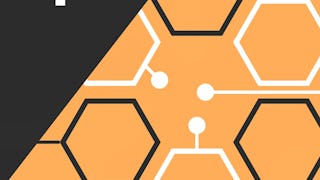This course features Coursera Coach!
A smarter way to learn with interactive, real-time conversations that help you test your knowledge, challenge assumptions, and deepen your understanding as you progress through the course. Dive into the world of data visualization and learn to effectively communicate data insights using popular Python libraries. You will explore a wide range of tools such as Matplotlib, Seaborn, Bokeh, Plotly, and Folium to craft stunning visualizations and interactive plots. This course will equip you with the skills needed to visualize data across different domains—from simple 2D plots to complex 3D and geographic visualizations. Throughout the course, you will start by learning the basics of Matplotlib, including customizing plots, adding markers, and managing axis limits. Then, you will move into advanced topics like creating subplots, contour plots, and even 3D plots. You will also explore Seaborn for high-level visualization, including relational and categorical plots, heatmaps, and more. As you advance, you'll interact with tools like Bokeh and Plotly to make your plots interactive, and finally, you’ll learn to create geographic maps with Folium to visualize real-world data such as COVID-19 statistics. This course offers an interactive journey where each concept builds upon the last. You'll apply what you learn in quizzes and real-world projects, allowing you to strengthen your skills progressively. You'll also benefit from hands-on projects, such as working with 3D surface plots and geographical data, which will allow you to test your skills and deepen your understanding. This course is designed for individuals who are looking to enhance their data visualization skills with Python. It is ideal for beginners to intermediate learners in data science, computer science, or anyone looking to better present and interpret data insights. Familiarity with Python programming basics is recommended but not required. By the end of the course, you will be able to create various types of visualizations—from simple line plots to complex interactive 3D scatter plots and geographical maps—and understand how to choose the right type of plot for your data and audience.

















